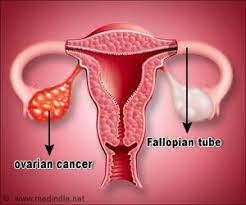Service Details

fallopian tube cancer
Once thought to be rare, research studies have revealed new information about fallopian tube cancer. It is now known that most ovarian cancers actually begin in a fallopian tube before spreading to the ovaries. Most cancers that start in the fallopian tube are epithelial and begin in the distal (outer) end of the tube, where eggs released from the ovary enter to be fertilized.
